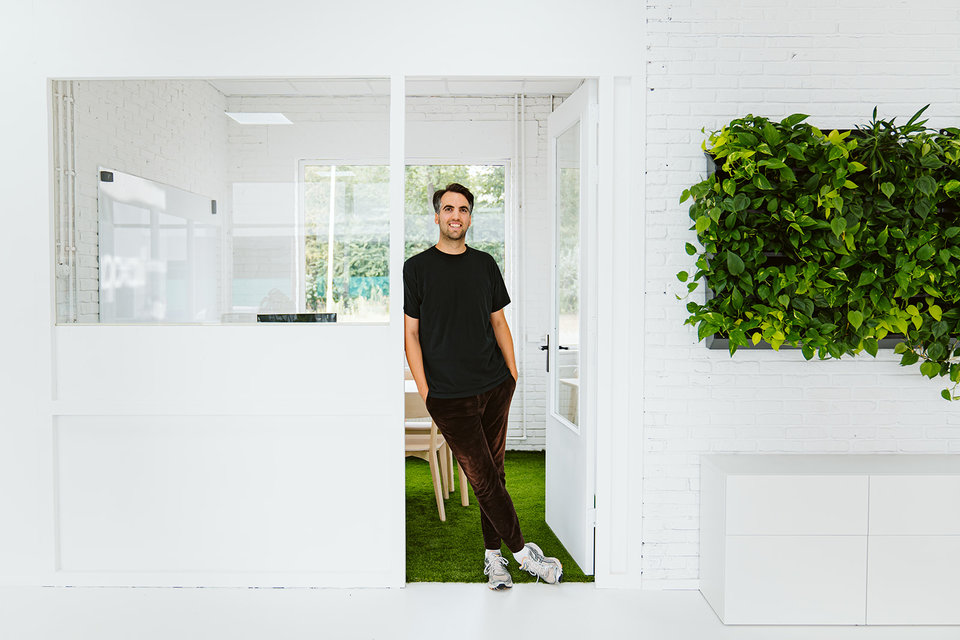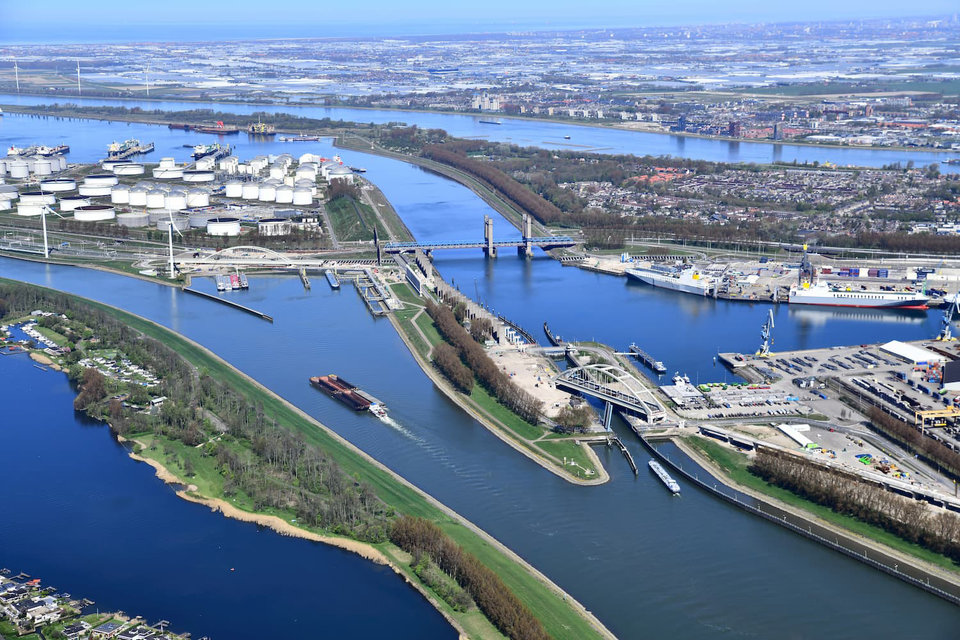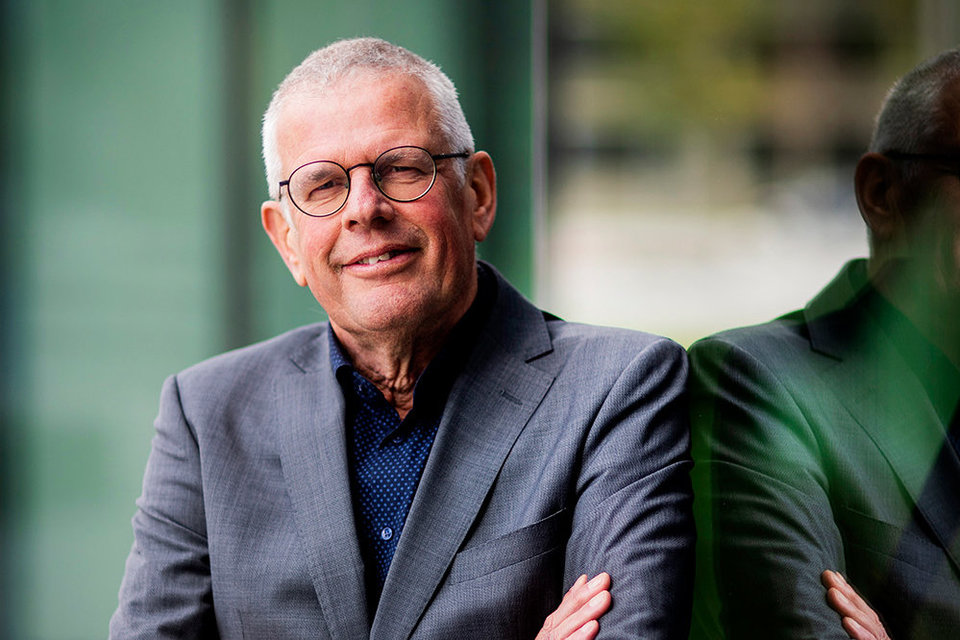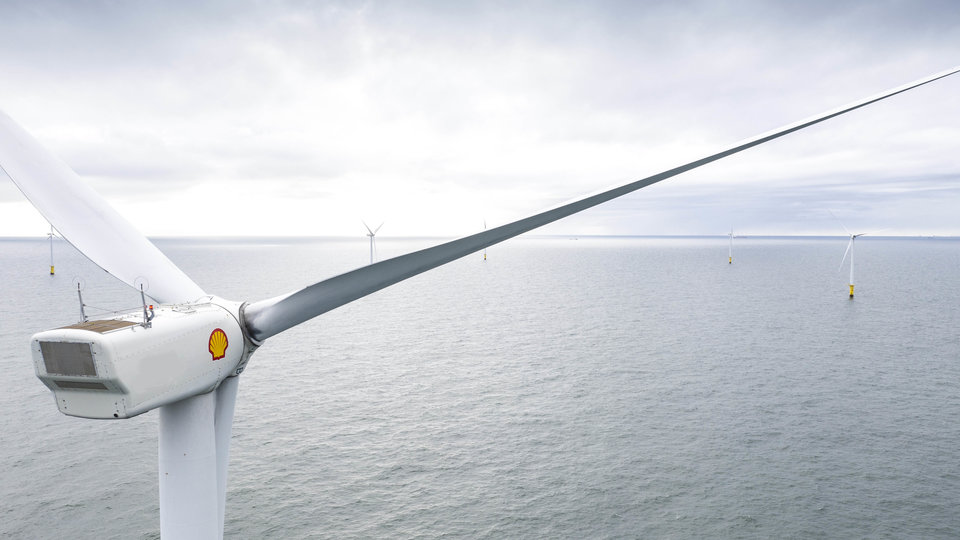A simple end to screams of pain
Even as a boy, Karlheinz Samenjo knew he was a maker. In Delft, he has managed to make what he most wanted: a simple, durable device that could administer pain medication to women during gynaecological procedures in low-resource settings. ‘This is my calling.’
By Rianne Lindhout • December 11, 2023

© Ontwerpwerk
Women scream with pain when undergoing gynaecological treatment without pain medication. Pain relief is not possible because long syringes to numb the cervix are usually unavailable. Chloe SED, a simple extension piece for syringes, can provide tremendous pain relief.
Field of waste
Karlheinz Samenjo invented this innovative device. 'I love making stuff. As a child, I wandered around the field where the hospital dumped waste behind our house. Among the sharp implements, broken glass and blood, I gathered all sorts of stuff and made things such as a skateboard.' Even then, Samenjo dreamed of visiting the country called Holland. 'Although I didn't know where it was or anything else about it.'
Samenjo was born in Cameroon and grew up in Kenya. Born in a low-resource community, he received support from his extended family to become an engineer. By that time, the hospital rubbish dump saddened him. 'So much medical waste. Can't it be reduced?'

Karlheinz Samenjo (middle) © Chloe Innovations
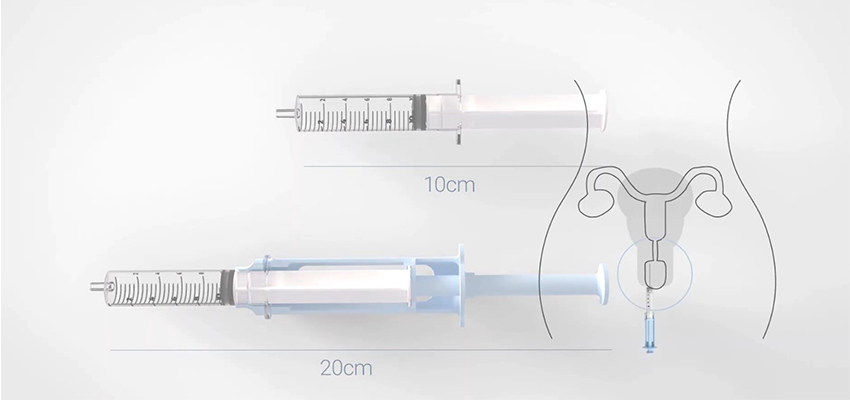
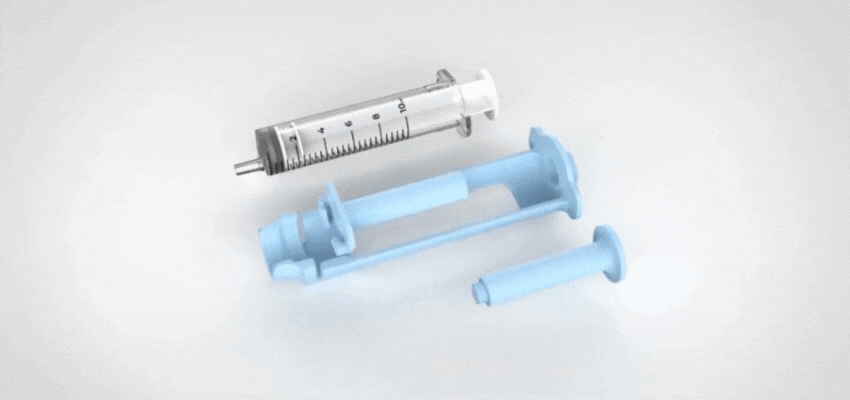
The Chloe Syringe Extension Device adds 10 centimeters to a syringe, doubling its length and making it possible to administer anesthesia.
© Chloe Innovations
It just clicked
Then two things happened. 'A friend told me about the terrible pain women suffer when having to undergo a dilation and curettage surgical procedure, often referred to as a D&C, after a miscarriage. It just clicked: I wanted to do something about that. This is my divine calling.' An encounter with a student visiting Kenya brought Samenjo to Delft. 'Through the Global Initiative, I met scientists and other partners working on a sustainable approach to design.' He took a two-year master's course in Industrial Design Engineering and ended up merging his desire to develop medical devices for low-resource settings with the desire to do so from a sustainable or circular economy perspective.
Samenjo tested the Chloe Syringe Extension Device on 261 women in Kenyan clinics. The gynaecologist inserts a standard syringe of anaesthetic in it and numbs the cervix via the vagina. Samenjo: 'The best part of the project was hearing from women and doctors about how much pain relief the device provided.'
One dollar
The Chloe Syringe Extension comes in two different materials. 'The one made of polypropylene costs only a dollar and can be used at least 25 times. Wear and tear comes from having to clean it in a chemical solution, which is standard practice in the healthcare domain. The aluminium variant costs $15. Although that is rather pricey for many sub-Saharan hospitals, it can be used more than 1,000 times and cleaned with steam or chemical solutions.' The best option for a hospital depends on its financial situation and the cleaning method available.

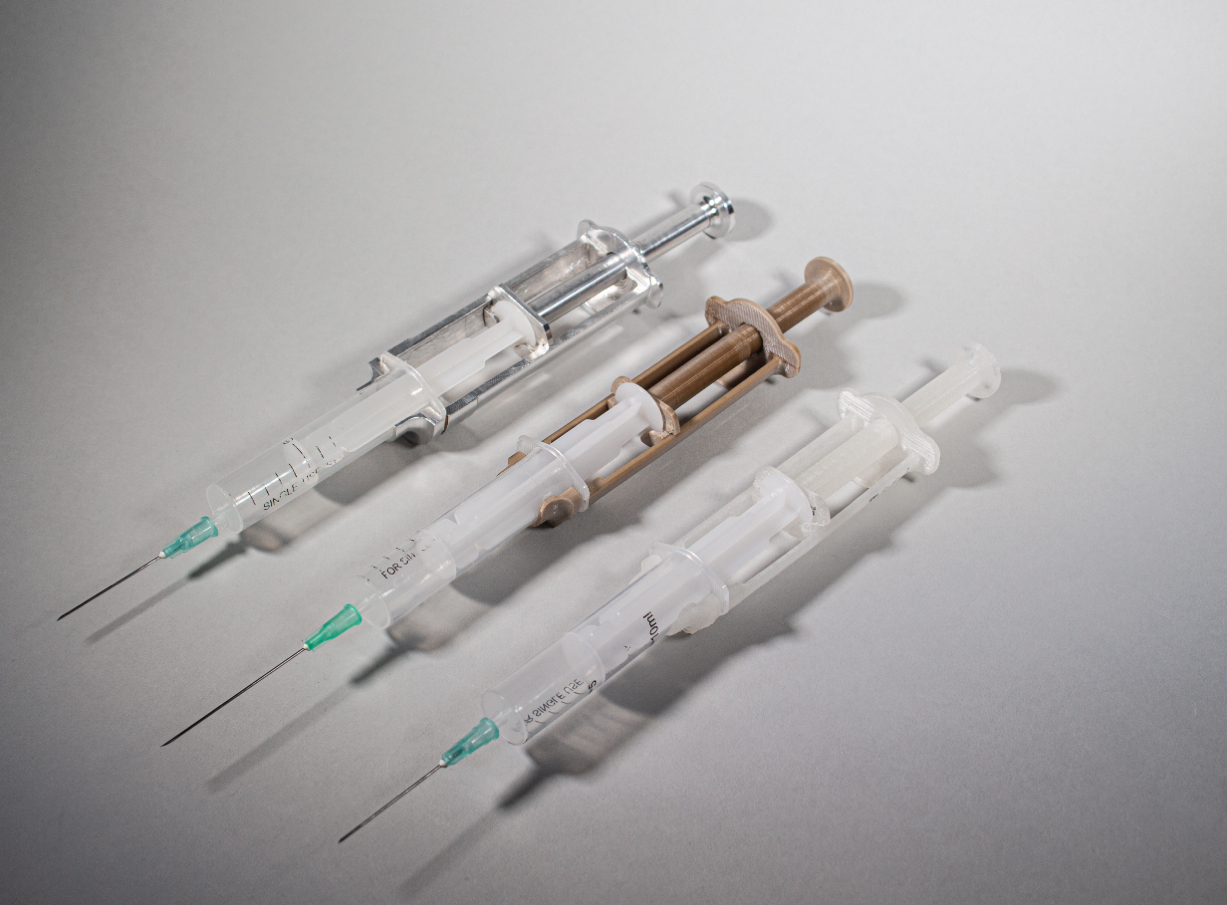
© Chloe Innovations
Bring Chloe to those who need it most
Unfortunately, the device cannot be implemented in hospitals until regulatory certifications are completed. Samenjo wants to go through the certification process and bring Chloe to the women who need it most. Together with four scientists and doctors, he founded the company Chloe Innovations. 'We want to work with impact-driven companies that can bring the Chloe to market.' Samenjo expects it will take another one to two years before we see the large-scale use of the Chloe in clinics.
In addition to his work on this, Samenjo is doing PhD research in Delft. 'In most African countries, the processes and pathways from design to market implementation for innovations like the Chloe are not very clear. As such, I am finding out how it works and providing the steps needed in my PhD thesis.' Samenjo hopes this will make it easier for other researchers who want to make an impact by designing and implementing medical devices in low-resource settings in Africa.
Value for Africa and Holland
And what is it like to have finally ended up in Holland? 'It’s amazing to be here and to create value for Africa and Holland. My research can encourage the Dutch healthcare system to move away from the current use-dispose mindset that generates an enormous amount of medical waste. I look forward to continuing to advance global health as much as I can during my lifetime. And then die completely spent.'
![[Translate to English:] [Translate to English:]](https://filelist.tudelft.nl/_processed_/e/3/csm_Agbana%2C%20T%20-%2003%20work_resized_07f6c6bab6.jpg)

